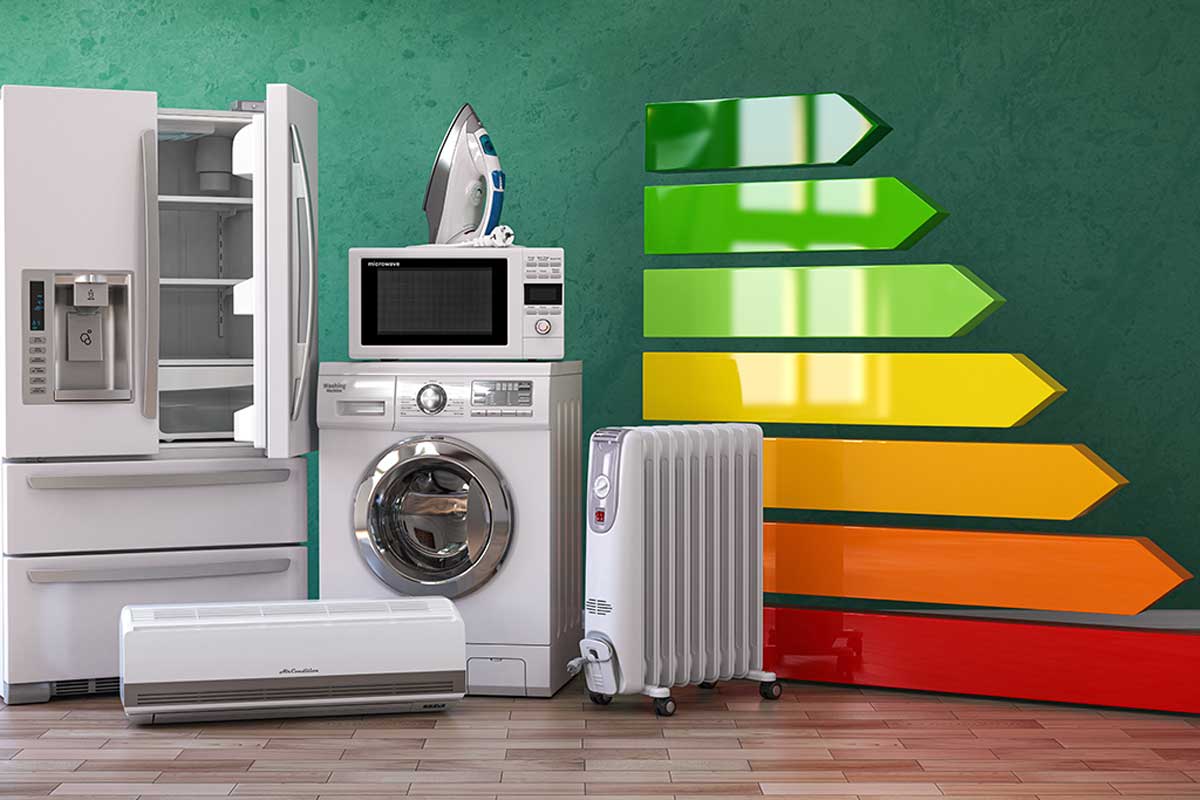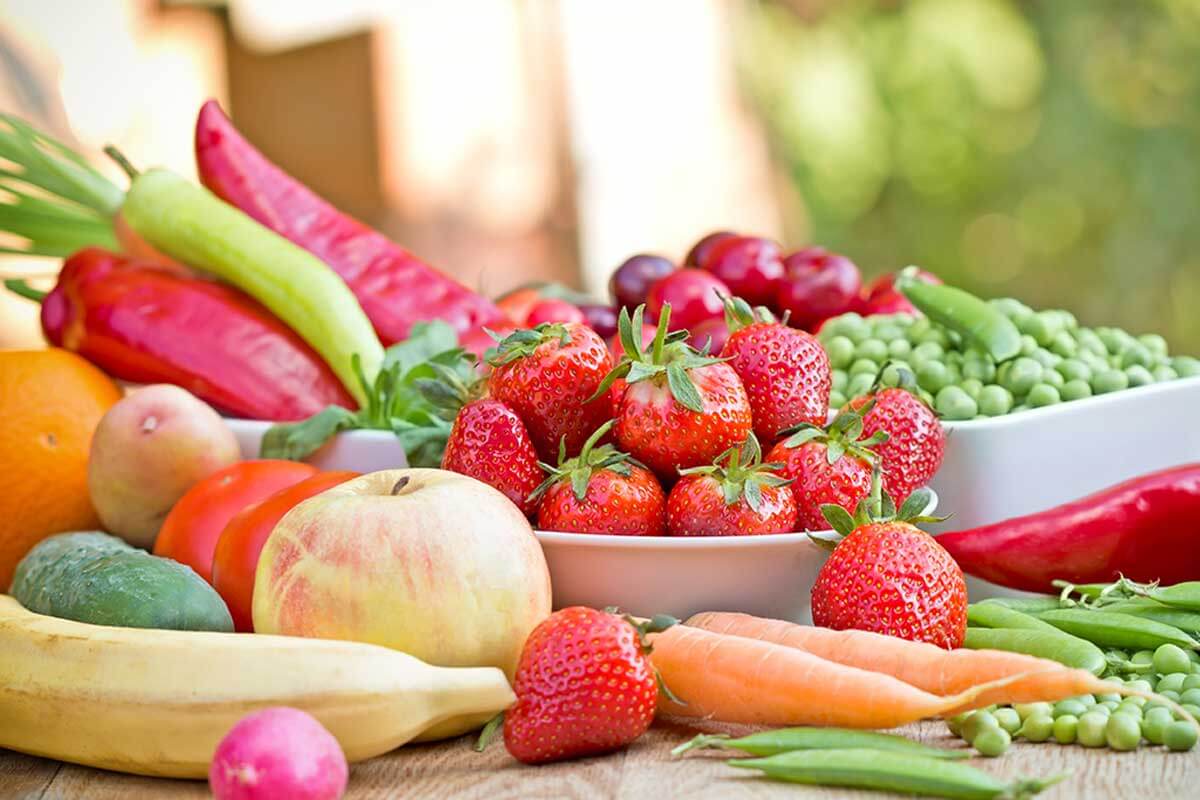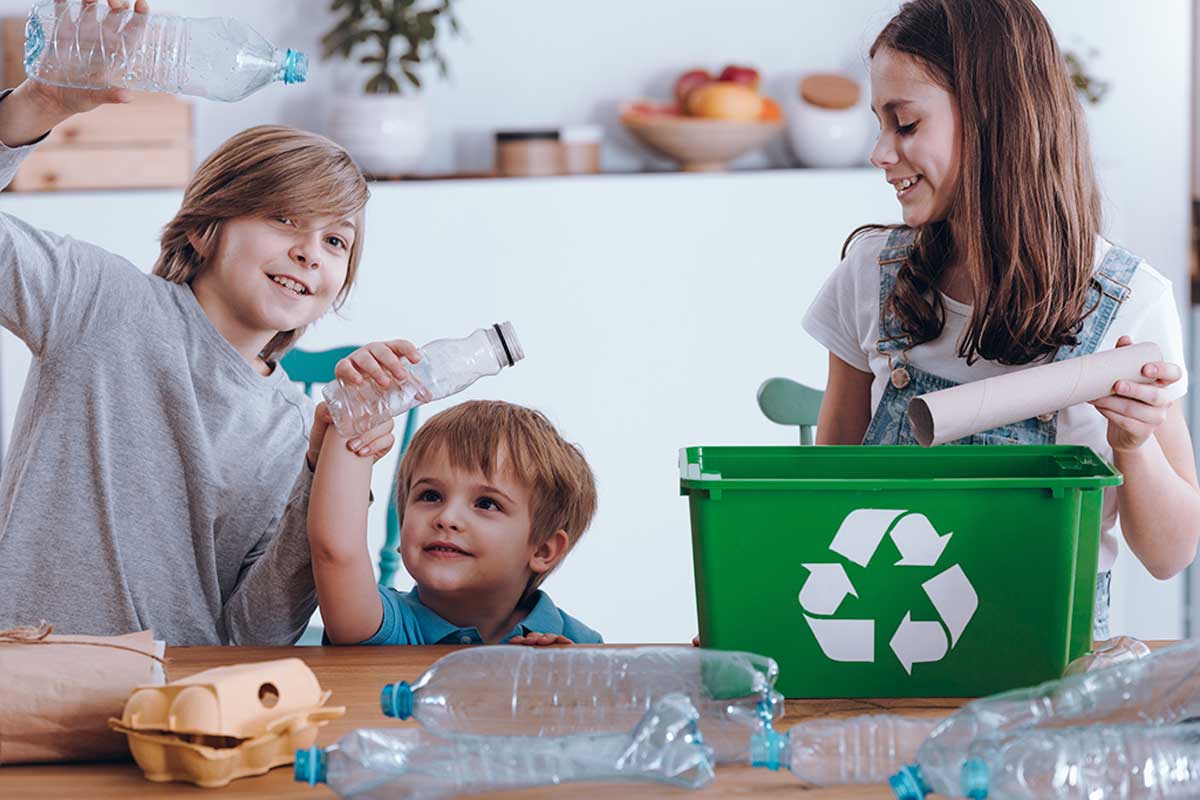Tricks to Have a More Ecological Kitchen

Having an ecological kitchen is easier to achieve than you may think. With these tricks that we’re going to share with you, you’re going to find out just how easy it can be. Making space for environmentally friendly practices isn’t only a matter of economic savings. It’s also about being aware each time you use certain resources and the importance of preserving our resources for future generations.
Keep reading as we’ll tell you in more detail about how to have a more ecological kitchen.
The tricks to have a more ecological kitchen
Many people think that being environmentally friendly is something that can’t be scaled to all areas of life. However, every action counts!
After reading this article, you’ll understand that kitchen practices greatly influence energy and water consumption, for example.
Without further ado, we’ll tell you more about the tricks that you can start to put into practice in your kitchen to make it more ecological.
Use energy-efficient appliances

Household appliances are the appliances that consume the most energy in your home. They’re usually connected to the current all the time, as is the case of the refrigerator. As we can’t avoid this, what we must do is use those appliances that are more efficient.
How do we measure the efficiency of household appliances? Manufacturers have a duty to place information on labels. There are seven categories ranging from A to G, with A being the most efficient. In turn, there are other subcategories within category A that are recognized by the plus symbol (+). The best among them is the A triple plus (A +++).
Keep in mind that, as indicated by publications, categories D, E, F, or G refrigerators are no longer produced, that is, they’re now obsolete. So if you’re thinking of acquiring a secondhand appliance, verify this information and opt for one that helps you to reduce your energy consumption.
Refrigerators and ovens, microwaves, and dishwashers, (among other kitchen appliances) must have this information visible on their labels.
Ecological kitchen: optimize appliance functions
Most appliances come with “eco” features, designed in a novel way to reduce water and energy use. However, if your appliances don’t have this function, there are still many tricks to make your kitchen more ecological.
- Dishwasher: wash dishes when the dishwasher is full and choose a low temperature. The greatest energy expenditure of this appliance is produced when heating the water–imagine if you put it to work at half load, several times a day.
- Refrigerator: never place this appliance near sources of heat, as it’ll “understand” that it must work harder to keep the food inside it cold. Therefore, avoid putting hot food in there and stop opening the door unnecessarily.
- Oven: after turning off the oven, it continues to retain heat for several hours. Keep this in mind and take advantage of that residual heat by turning it off before your preparations are finished cooking. Also, avoid opening it when it’s doing its work. This way you’ll avoid the heat escaping and working it too hard.
- Microwave: optimize its use by putting food in glass containers and cut food into pieces. This method of cooking and heating food should be your preferred choice.
Don’t waste food

According to the Food and Agriculture Organization of the United Nations ( FAO ), about a third of the edible parts of food are lost or wasted. This represents almost 1.3 billion tons per year. In Europe, the food products that are most wasted each year are cereals and dairy products.
Help prevent this waste by planning your meals. Make a shopping list and try to throw away as little as possible.
Control spending on vital services
Save energy by using LED bulbs, which, although a little more expensive than traditional ones, last much longer. This translates into significant savings at both an environmental and economic level.
Don’t waste water! Install reducers in the faucet, try to wash dishes in the dishwasher, and optimize the food washing process. When you defrost food, don’t use hot water; too many liters of hot water are required to achieve this.
Ecological kitchen: recycle properly

The last of the tricks to have a greener kitchen has to do with recycling. The best idea to achieve this is to have respective containers to separate plastics, organic and non-usable waste.
Used oil is one of those elements that doesn’t go in any container, but often due to ignorance, they end up in unusable or organic containers that contaminate everything.
In that case, search online and contact a recycling company regarding this item, then store it in a bag or bottle when it’s cold, and hand it over. In this way, you’re also taking care of the environment.
Don’t wait any longer and start applying these simple, but effective tricks to have a more ecological kitchen.
Having an ecological kitchen is easier to achieve than you may think. With these tricks that we’re going to share with you, you’re going to find out just how easy it can be. Making space for environmentally friendly practices isn’t only a matter of economic savings. It’s also about being aware each time you use certain resources and the importance of preserving our resources for future generations.
Keep reading as we’ll tell you in more detail about how to have a more ecological kitchen.
The tricks to have a more ecological kitchen
Many people think that being environmentally friendly is something that can’t be scaled to all areas of life. However, every action counts!
After reading this article, you’ll understand that kitchen practices greatly influence energy and water consumption, for example.
Without further ado, we’ll tell you more about the tricks that you can start to put into practice in your kitchen to make it more ecological.
Use energy-efficient appliances

Household appliances are the appliances that consume the most energy in your home. They’re usually connected to the current all the time, as is the case of the refrigerator. As we can’t avoid this, what we must do is use those appliances that are more efficient.
How do we measure the efficiency of household appliances? Manufacturers have a duty to place information on labels. There are seven categories ranging from A to G, with A being the most efficient. In turn, there are other subcategories within category A that are recognized by the plus symbol (+). The best among them is the A triple plus (A +++).
Keep in mind that, as indicated by publications, categories D, E, F, or G refrigerators are no longer produced, that is, they’re now obsolete. So if you’re thinking of acquiring a secondhand appliance, verify this information and opt for one that helps you to reduce your energy consumption.
Refrigerators and ovens, microwaves, and dishwashers, (among other kitchen appliances) must have this information visible on their labels.
Ecological kitchen: optimize appliance functions
Most appliances come with “eco” features, designed in a novel way to reduce water and energy use. However, if your appliances don’t have this function, there are still many tricks to make your kitchen more ecological.
- Dishwasher: wash dishes when the dishwasher is full and choose a low temperature. The greatest energy expenditure of this appliance is produced when heating the water–imagine if you put it to work at half load, several times a day.
- Refrigerator: never place this appliance near sources of heat, as it’ll “understand” that it must work harder to keep the food inside it cold. Therefore, avoid putting hot food in there and stop opening the door unnecessarily.
- Oven: after turning off the oven, it continues to retain heat for several hours. Keep this in mind and take advantage of that residual heat by turning it off before your preparations are finished cooking. Also, avoid opening it when it’s doing its work. This way you’ll avoid the heat escaping and working it too hard.
- Microwave: optimize its use by putting food in glass containers and cut food into pieces. This method of cooking and heating food should be your preferred choice.
Don’t waste food

According to the Food and Agriculture Organization of the United Nations ( FAO ), about a third of the edible parts of food are lost or wasted. This represents almost 1.3 billion tons per year. In Europe, the food products that are most wasted each year are cereals and dairy products.
Help prevent this waste by planning your meals. Make a shopping list and try to throw away as little as possible.
Control spending on vital services
Save energy by using LED bulbs, which, although a little more expensive than traditional ones, last much longer. This translates into significant savings at both an environmental and economic level.
Don’t waste water! Install reducers in the faucet, try to wash dishes in the dishwasher, and optimize the food washing process. When you defrost food, don’t use hot water; too many liters of hot water are required to achieve this.
Ecological kitchen: recycle properly

The last of the tricks to have a greener kitchen has to do with recycling. The best idea to achieve this is to have respective containers to separate plastics, organic and non-usable waste.
Used oil is one of those elements that doesn’t go in any container, but often due to ignorance, they end up in unusable or organic containers that contaminate everything.
In that case, search online and contact a recycling company regarding this item, then store it in a bag or bottle when it’s cold, and hand it over. In this way, you’re also taking care of the environment.
Don’t wait any longer and start applying these simple, but effective tricks to have a more ecological kitchen.
All cited sources were thoroughly reviewed by our team to ensure their quality, reliability, currency, and validity. The bibliography of this article was considered reliable and of academic or scientific accuracy.
- Salcedo, R. Electrodomésticos, consumo y eficiencia energética. PublicacionesDidacticas.com. Núm. 93. 2018.
- Pérdidad y desperdicio de alimentos en el mundo. alcance, causas y prevención. FAO. 2011.







